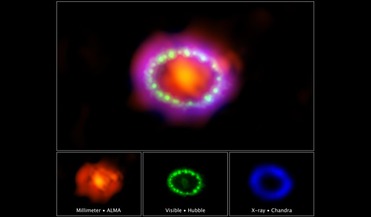 27 February 2017
Thirty years in the making - researchers show SN1987A in all of its glory
27 February 2017
Thirty years in the making - researchers show SN1987A in all of its glory
... titanic explosion of a dying star. Observations of the supernova remnant have shown that the central structure within SN 1987A... 1987A has passed an important stage. Before a star goes supernova, it will undergo a series of mass loss events that sweep...
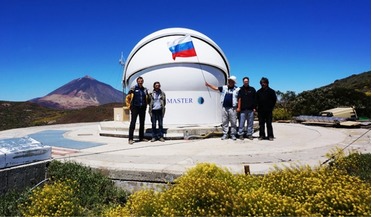 February 2017
Global robotic network for monitoring near-Earth and outer space
February 2017
Global robotic network for monitoring near-Earth and outer space
... kilometres to billions of light-years away. These include the optical doubles of gamma-bursts (creation of black holes), supernovae (collapse and/or nuclear burn of dying stars), novae (star collisions and/or nuclear burning around white dwarves...
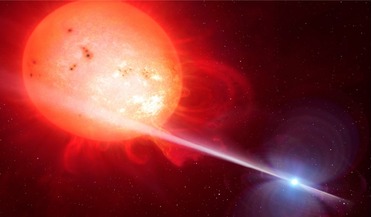 September 2017
Binary stars and their extraordinary lives
September 2017
Binary stars and their extraordinary lives
... continue to drive the cutting edge of astrophysical discovery, for example white dwarfs in binary stars explode as type Ia supernovae and confirm that the Universe is accelerating its expansion. White dwarf Sirius B is dwarfed by its brilliant blue...
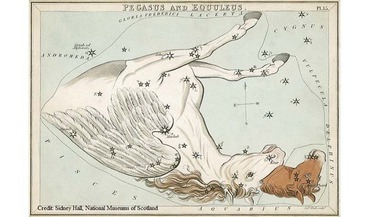 26 June 2015
From WASP-142b to supernovae: Tom Wagg’s planet and other discoveries by teenagers
26 June 2015
From WASP-142b to supernovae: Tom Wagg’s planet and other discoveries by teenagers
...New York State, was just 14 when she discovered an entire supernova in the UGC 12682 galaxy (it can be found in the ...Kathryn Aurora Gray became the youngest person to discover a supernova at just 10 years old. These recent discoveries testify to...
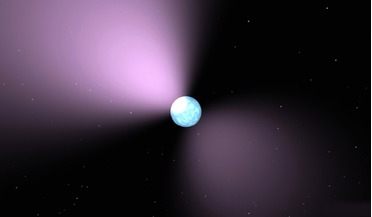 September 2017
Telescope targets enigmatic deep space mystery
September 2017
Telescope targets enigmatic deep space mystery
... burst’, exhibited a ‘dispersion’ sweep characteristic of all pulsars. Pulsars are ultra dense, rotating neutron star remnants of a supernova explosion in our Galaxy, which emit jets of radiation along their poles. As the pulsar spins, these jets...
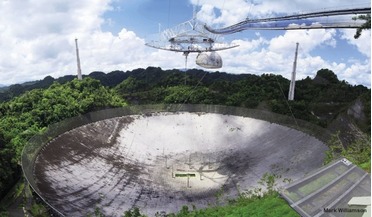 July 2021
Arecibo - an astounding legacy
July 2021
Arecibo - an astounding legacy
... three rotations. In 1968, Arecibo found that sporadic radio pulses from the direction of the Crab Nebula supernova remnant were generated by a pulsar with a period of just 33 milliseconds. This was the first in a long line of pulsar...